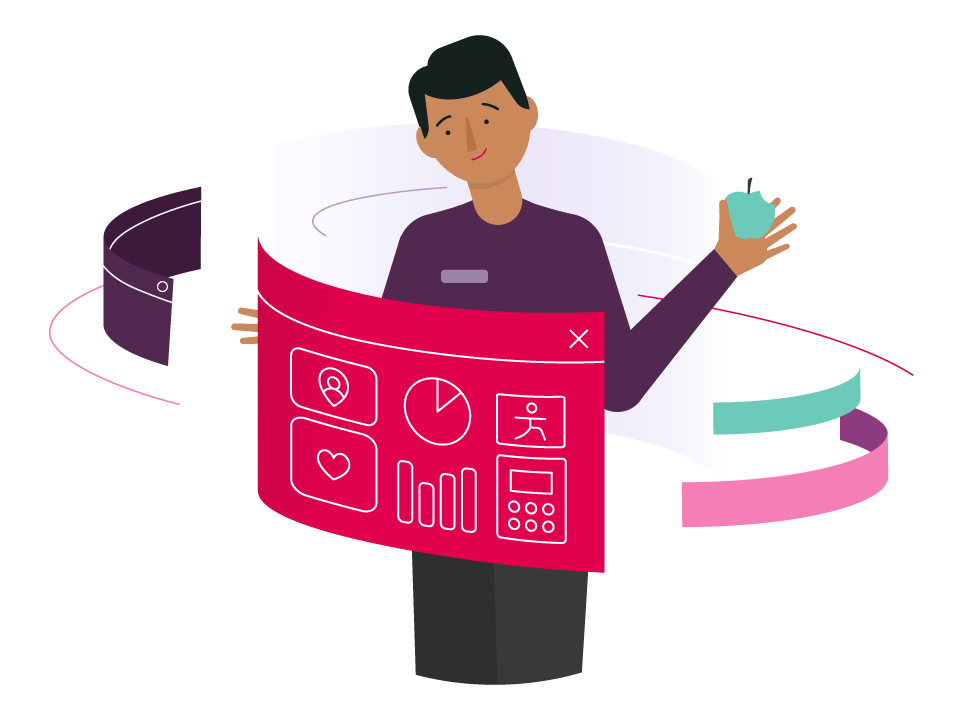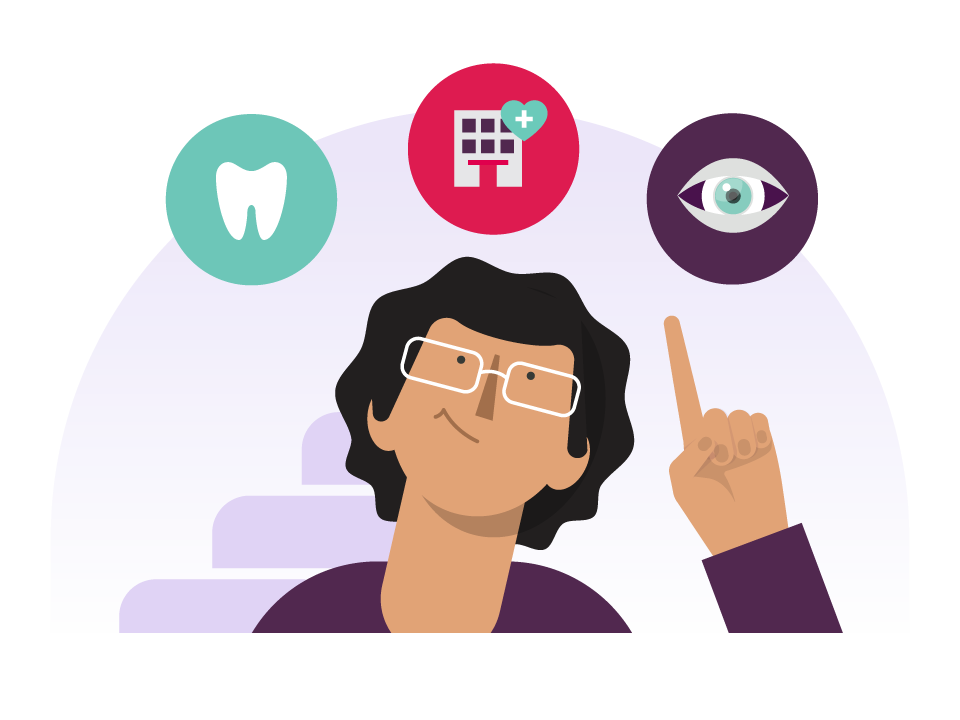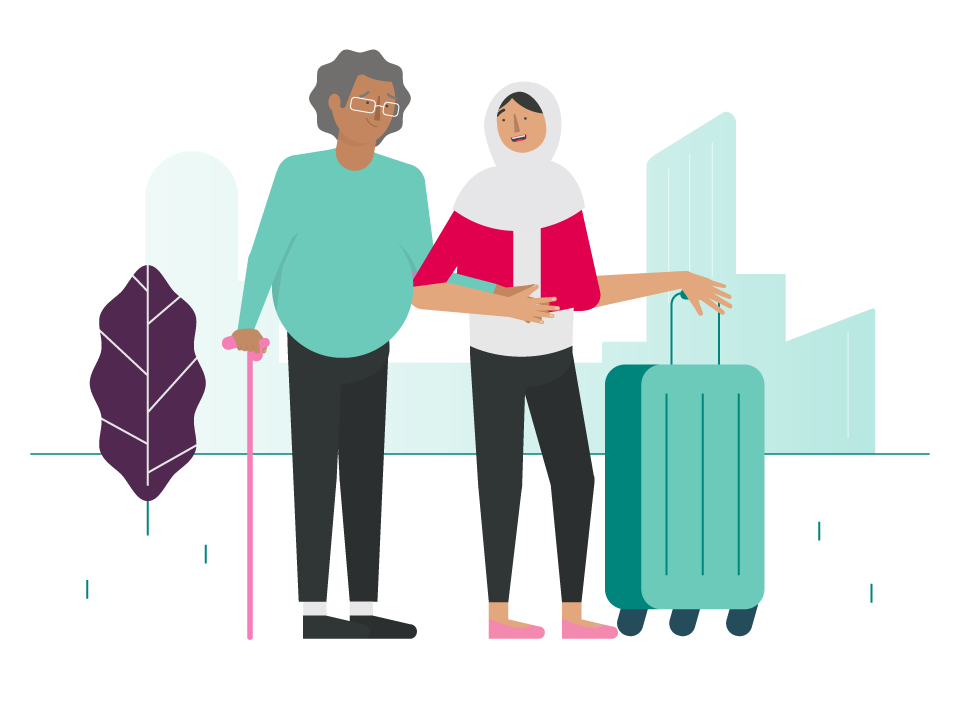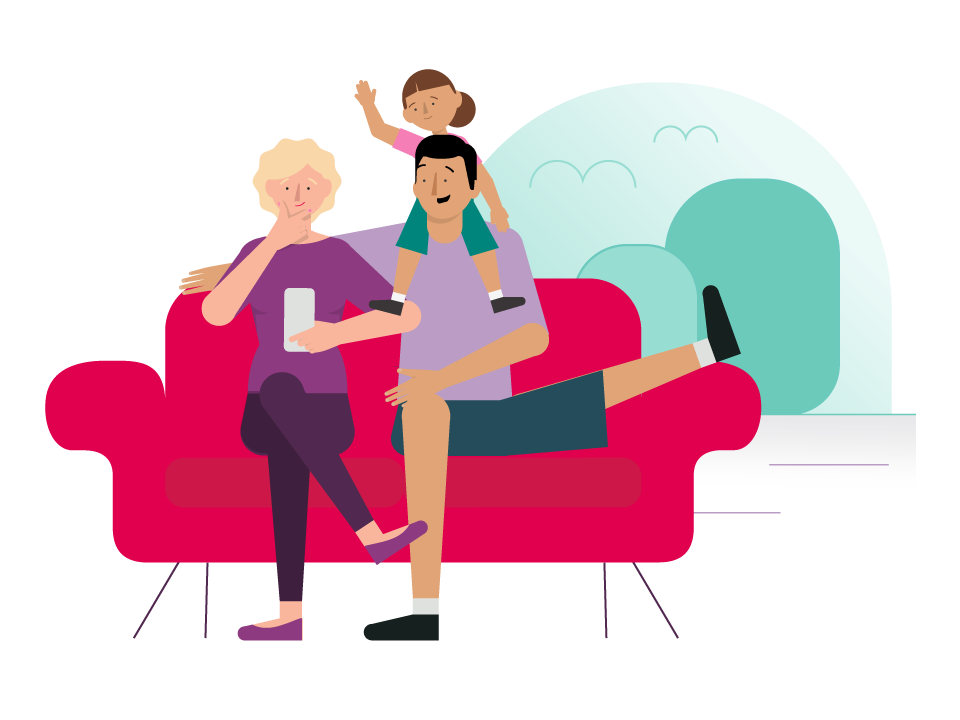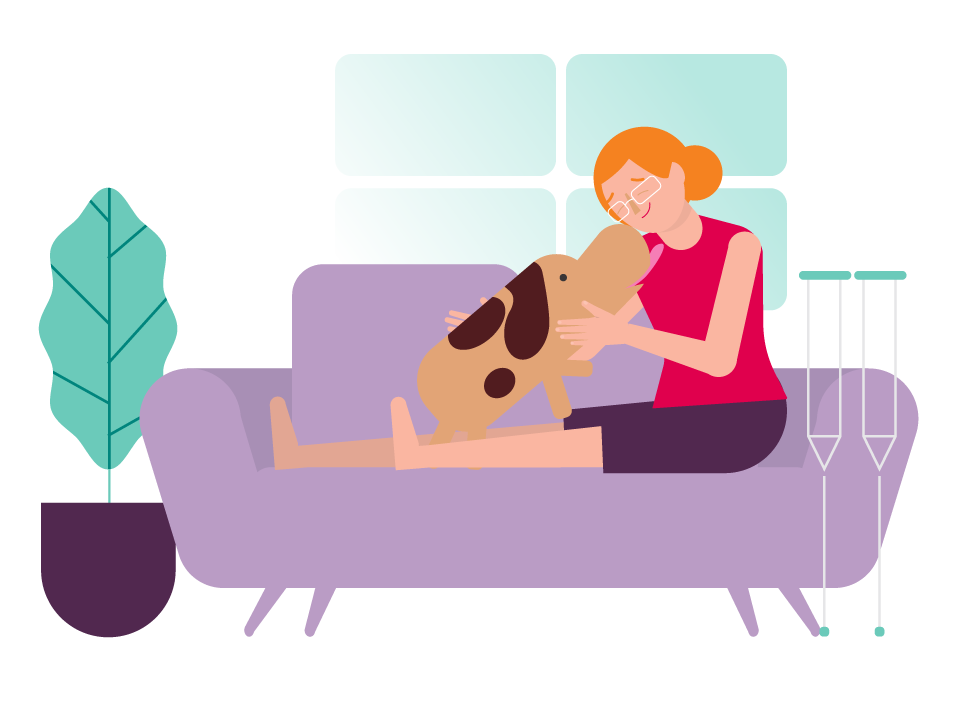Using this guide What's covered
Here you’ll find the answers to many of your questions about heart rhythm studies (electrophysiology). Learn how it works, what it may cost, what your recovery may be like, and more.
For personal insights, see our patient experience videos in which HCF members talk frankly about their preparation, their procedure and their recovery.
Cost indicator
Discover the typical out-of-pocket costs HCF members can expect to pay for a heart rhythm study, and learn how your choice of doctor and hospital affect that cost.
The basics
What might be wrong with my heart’s rhythm?
Your heart contracts regularly to pump blood around your body and deliver oxygen to your cells. Electrical signals control the way your heart beats and also how quickly. This is called heart rhythm. The signals are automatically generated by groups of specialised cells inside your heart. They’re carried along nerves that act like electrical cables.
Sometimes the signals are interrupted or altered, in the same way an electric cable can be cut, or malfunction if exposed to water. This affects the way your heart beats and cause a number of problems. Most are harmless and very common but a few can be life-threatening. Heart rhythm alterations are called arrhythmias (literally means without rhythm). If you have symptoms of an arrhythmia, it’s important to see your doctor.
The symptoms of a cardiac arrhythmia may include:
- palpitations (where you can feel your heart beating or racing)
- chest pain
- dizziness and fainting
- shortness of breath
- difficulty exercising.
How's the study done?
A heart rhythm study involves putting electrically-sensitive catheters into a vein, usually in your groin, threading them through until they reach your heart, then stimulating your heart to trigger the arrhythmia.
During the procedure, you’re monitored closely and a doctor is always present. If you’re anxious, you can get a sedative. Sometimes people need a full anaesthetic.
You’ll lie on a bed in a room with X-ray capability to help the doctor position the catheter. The doctor will be in a sterile gown and there’ll be other medical staff around to make sure you’re as comfortable as possible. The procedure can take anywhere from 45 minutes to several hours, depending on how hard it is to find the problem. You may need drugs through a vein in your arm to bring on the arrythmia. The study does not hurt but you may occasionally feel palpitations.
Depending on the result, your doctor will recommend the best treatment for you.
Other treatments, like ablation, may be performed at the same time. Ablation uses either radio waves or cold temperatures to create a small burn to the area of the heart that’s causing the arrhythmia.
The details
considering the procedure
Alternatives to a heart rhythm study
Are there other options?
Learn more
Results vs risks of the procedure
The benefits and potential complications of heart rhythm studies.
Learn more
Choosing a specialist
How to find a cardiologist who specialises in heart rhythm studies.
Learn more
Preparation
Questions for your doctor
What you should be asking before going ahead with a heart rhythm study.
Learn more
Preparing for your procedure
What you need to do before your procedure.
Learn more
Your anaesthetic options
About the anaesthetic and post-procedure pain relief.
Learn more
your procedure
Going to hospital
What to expect on the day of your procedure.
Learn more
Your procedure
What happens in the procedure room.
Learn more
Recovery
After your procedure
Your hospital stay.
Learn more
Aftercare
Taking precautions and resuming activities.
Learn more
Patient experiences
UP TO 15% OFF CTG MEDICAL DEVICES
Give us feedback
Did you find this guide helpful? Let us know what you liked or what we can do to improve it. We'd love to hear from you.
To provide feedback, email us at wellbeing@hcf.com.au.
Related articles
SECOND OPINION
Eligible HCF members can get a free second opinion on their health condition from a certified, practising medical specialist.
Find a doctor
Search for specialists who participate in our Medicover no-gap or known-gap scheme.
Find a health professional
Search for providers who participate in our More for You program. Find physios, chiros, podiatrists and more.
Important information
* To access the discount, log in to the My Membership app or online member services, look for the CTG offer under Health & Wellbeing Programs, and click ‘Explore the CTG range’. Offer applies to selected products only.
Information is provided by HCF in good faith for the convenience of members. It is not an endorsement or recommendation of any form of treatment nor is it a substitute for medical advice, and you should rely on the advice of your treating doctors in relation to all matters concerning your health. Every effort has been taken to ensure the accuracy of the information, however HCF takes no responsibility for any injury, loss, damage or other consequences of the use of this information.
